
by Lara Land | Jun 18, 2023 | COACHING, COMMUNITY, LAND BLOG, LARA LAND, Self Improvement, SELF-IMPROVEMENT
Trauma can have a profound impact on an individual’s mental, emotional, and physical well-being.
Finding effective methods to support healing and recovery is crucial for trauma survivors. Yoga Nidra, a deep relaxation practice that combines meditation, mindfulness, and body awareness, has emerged as a powerful tool in the treatment of trauma. In Tracee Stanley’s work, she has shared Yoga Nidra to facilitate healing and transformation.
Understanding Trauma:
Trauma can result from a wide range of experiences, including accidents, abuse, violence, or the loss of a loved one. Its effects can be long-lasting, manifesting as anxiety, depression, post-traumatic stress disorder (PTSD), or other psychological and physical symptoms. Trauma impacts the nervous system, leading to hypervigilance, emotional dysregulation, and a disconnect from the body. Yoga Nidra offers a gentle and accessible approach to healing trauma by creating a safe space for survivors to reconnect with themselves and cultivate inner resilience.
The Essence of Yoga Nidra:
Yoga Nidra, often referred to as “yogic sleep,” is a practice of deep relaxation that systematically guides individuals into a state between wakefulness and sleep. Unlike traditional meditation, which involves focusing on a single point of attention, Yoga Nidra encourages an exploration of the entire body and invites non-judgmental awareness of sensations, emotions, and thoughts. By engaging the relaxation response and accessing the subconscious mind, this practice offers a unique opportunity to release trauma’s grip and cultivate self-compassion.
Benefits of Yoga Nidra for Trauma Survivors:
- Restoring Safety and Trust: Trauma survivors often struggle with a sense of safety and trust, both within themselves and in the world around them. Yoga Nidra provides a safe and controlled environment where survivors can experience a sense of inner safety and develop trust in their own experiences, sensations, and emotions.
- Regulating the Nervous System: Trauma disrupts the autonomic nervous system, resulting in hyperarousal or dissociation. Yoga Nidra helps survivors regulate their nervous system by activating the parasympathetic response, reducing stress, and promoting deep relaxation. Through regular practice, individuals can learn to navigate their physiological responses more effectively.
- Reconnecting with the Body: Trauma often leads to a disconnection from the body as survivors attempt to avoid painful sensations and memories. Yoga Nidra encourages a gentle exploration of bodily sensations, fostering a sense of safety and acceptance. By reconnecting with their bodies, survivors can begin to restore a positive relationship with themselves.
- Healing Emotional Wounds: Unprocessed emotions from traumatic experiences can be stored in the body, leading to emotional imbalances. Yoga Nidra creates a space for survivors to witness and release suppressed emotions, promoting emotional healing and providing a supportive platform for emotional integration.
- Cultivating Self-Compassion: Trauma survivors may experience self-blame, shame, and low self-esteem. Yoga Nidra nurtures self-compassion by encouraging individuals to embrace their present experiences without judgment or criticism. Through self-acceptance and kindness, survivors can reframe their narrative and develop a more positive sense of self.
Incorporating Yoga Nidra into Healing Practices:
- Seek Professional Guidance: While Yoga Nidra can be a powerful self-care tool, it is essential for trauma survivors to seek guidance from a qualified yoga therapist or mental health professional experienced in trauma-sensitive practices. Working with a professional ensures that the practice is tailored to the individual’s specific needs and ensures a safe and supportive environment.
- Consistency and Patience: Healing from trauma takes time, and the effects of Yoga Nidra may not be immediate. Consistent practice over time is key to reaping the benefits. Patience and self-compassion are essential, as survivors may encounter challenging emotions or memories during the process. Remember that healing is a gradual journey.
- Create a Safe Space: Designate a quiet, comfortable space where you can practice Yoga Nidra without interruption. Set the ambiance with soft lighting, supportive props, and soothing music if desired. Creating a safe physical environment further enhances the sense of safety and relaxation during the practice.
Yoga Nidra offers a gentle and transformative approach to healing for trauma survivors. I was lucky enough to have Yoga Nidra teacher and author, Tracee Stanley, who understands trauma and trauma healing at her core interview me about my recent release, The Essential Guide to Trauma Sensitive Yoga. You can view that interview on my YouTube page HERE. Make sure to subscribe for more updates.

by Lara Land | Jun 18, 2023 | COACHING, COMMUNITY, LAND BLOG, LARA LAND, Self Improvement, SELF-IMPROVEMENT
The role of a caregiver can be simultaneously rewarding and demanding. Taking care of a loved one, be it an aging parent, a disabled family member, or a child with special needs, requires immense dedication, time, and energy. The responsibilities and challenges faced by caregivers often lead to increased stress levels, impacting their physical and mental well-being. In this blog post, we will explore the stress of caregiving and delve into the ways in which yoga and meditation can provide much-needed support. Additionally, we will shed light on the “sandwich generation,” a group facing unique caregiving pressures.
Understanding the Stress of Caregiving: Caregiving entails a range of responsibilities, including providing emotional support, managing medical appointments, assisting with daily tasks, and navigating complex healthcare systems. These demands can have a profound impact on caregivers, leading to increased stress levels and a decline in their own self-care.
The Sandwich Generation: The term “sandwich generation” refers to individuals who find themselves simultaneously caring for aging parents while raising their own children. This generation often faces unique stressors, juggling multiple roles and responsibilities. According to a Pew Research Center study, nearly half of adults in their 40s and 50s find themselves in this situation, creating a complex caregiving dynamic.
How Yoga and Meditation Can Help:
- Stress Reduction: The practice of yoga and meditation has been proven to reduce stress levels by activating the body’s relaxation response. Engaging in mindful breathing exercises, gentle yoga poses, and meditation techniques can promote relaxation and alleviate the physical and emotional burden of caregiving.
- Emotional Well-being: Caregivers often experience a wide range of emotions, including guilt, anxiety, and exhaustion. Yoga and meditation provide a safe space to acknowledge and process these emotions, promoting emotional well-being and resilience. The mindfulness cultivated through these practices helps caregivers find moments of inner peace and self-compassion.
- Improved Physical Health: Caregiving can take a toll on the physical health of caregivers, resulting in exhaustion and neglecting their own well-being. Yoga offers gentle physical movements that can enhance flexibility, strength, and posture. Regular practice can help alleviate muscular tension and promote overall physical well-being.
- Enhanced Mental Clarity: The demands of caregiving can lead to mental fatigue and a sense of overwhelm. Yoga and meditation support mental clarity by quieting the mind, increasing focus, and reducing anxiety. These practices cultivate a sense of presence and help caregivers navigate their responsibilities with a greater sense of calm and clarity.
Taking care of oneself while caring for others is of utmost importance. It is not selfish or indulgent but rather a fundamental aspect of being an effective and compassionate caregiver. When we neglect our own well-being, we risk depleting our physical, mental, and emotional reserves, which can ultimately compromise our ability to provide quality care. By prioritizing self-care, setting boundaries, and attending to our own needs, we ensure that we have the energy, resilience, and emotional capacity to fulfill our caregiving responsibilities with greater compassion and patience. Taking care of ourselves is not only an act of self-preservation, but it also models healthy behavior to those we care for and demonstrates the importance of self-care in maintaining overall well-being. In essence, self-care is an essential ingredient in sustaining our ability to care for others effectively and with genuine empathy.
If you are a caregiver, in the sandwich generation, or just need some self-care right now for your own reasons, consider joining me at Kripalu from June 30th – July 2nd.

by Lara Land | Jun 10, 2023 | COACHING, COMMUNITY, LAND BLOG, LARA LAND, Self Improvement, SELF-IMPROVEMENT
In our interconnected world, we have the ability to witness and empathize with the pain and suffering of others like never before.
From the comfort of our screens, we can experience stories of tragedy and injustice unfolding in real time. While empathy is often celebrated as a powerful force for compassion and social change, it is essential to recognize that constantly absorbing the trauma of others can take a toll on our own well-being. This phenomenon is known as vicarious trauma.
Understanding Vicarious Trauma:
Vicarious trauma, also referred to as secondary traumatic stress, is the emotional and psychological residue of being exposed to the trauma experienced by others. It primarily affects individuals who work in helping professions such as healthcare, social work, emergency services, and journalism, but it can also impact anyone who regularly witnesses or engages with traumatic material.
Causes of Vicarious Trauma:
Vicarious trauma occurs when individuals internalize the stories, emotions, and images associated with the trauma they witness. The constant exposure to others’ pain can overwhelm the empathetic system, leading to an erosion of psychological resilience. Some common causes of vicarious trauma include:
- Repeated exposure to traumatic material: Continually encountering distressing stories, graphic images, or traumatic events can gradually wear down a person’s emotional well-being.
- Empathy and identification: Deeply connecting with the experiences of others can lead to an emotional merging, making it challenging to separate oneself from the trauma being witnessed.
- Lack of self-care: Neglecting one’s own needs, failing to set boundaries, and not engaging in self-care practices can leave individuals vulnerable to vicarious trauma.
Recognizing the Symptoms:
The symptoms of vicarious trauma can manifest differently in each individual, but common signs include:
- Intrusive thoughts or nightmares related to the traumatic events witnessed.
- Emotionalå exhaustion, including feelings of hopelessness, sadness, or irritability.
- Increased sensitivity to trauma triggers, such as avoiding certain topics or situations.
- Diminished ability to empathize or feeling emotionally numb.
- Changes in worldview, such as a loss of trust in others or a heightened sense of fear or vulnerability.
- Physical symptoms, such as headaches, sleep disturbances, or a weakened immune system.
Mitigating and Managing Vicarious Trauma:
Recognizing and addressing vicarious trauma is crucial for maintaining our own well-being while continuing to support and empathize with others. Here are some strategies to help manage and mitigate its impact:
- Self-care: Prioritize self-care practices such as regular exercise, proper nutrition, sufficient sleep, and engaging in activities that bring you joy and relaxation.
- Boundaries: Set clear boundaries between your personal and professional life. Establish limits on the amount of traumatic content you consume and create a healthy balance.
- Seeking support: Talk to trusted friends, colleagues, or mental health professionals who can provide a safe space for you to process your feelings and experiences.
- Mindfulness and grounding techniques: Engage in mindfulness exercises, deep breathing, or grounding techniques to bring yourself back to the present moment and reduce anxiety or distress.
- Healthy coping mechanisms: Engage in activities that promote resilience and well-being, such as journaling, art therapy, meditation, or participating in hobbies you enjoy.
- Professional development: Seek ongoing education and training in trauma-informed practices to better understand the psychological impact of trauma and to implement effective strategies for self-care.
If you want to learn more about secondary trauma and what to do to heal from it, make sure to tune in to this week’s episode of the Beyond Trauma Podcast where I’ll be covering this topic with Dr. Trudy Gilbert. This is also the subject of the healing work I’ll be offering at Kripalu from June 30th – July 2nd. Hope to see you there.

by Lara Land | Jun 4, 2023 | COACHING, COMMUNITY, LAND BLOG, LARA LAND, Self Improvement, SELF-IMPROVEMENT
The journey of healing from trauma can be a challenging and complex process.
However, there are therapeutic techniques that can assist in navigating the path to recovery. Two powerful methods that have shown remarkable effectiveness in trauma processing are titration and pendulation. These approaches, often utilized in somatic experiencing and other trauma-focused therapies, provide a gentle and empowering way to engage with traumatic experiences. In this blog, we will explore how titration and pendulation can help us process trauma, allowing for profound healing and growth.
Understanding Trauma:
Trauma can manifest in various forms, whether through a single overwhelming event or prolonged exposure to distressing circumstances. It leaves a deep impact on our nervous system, affecting our physical, emotional, and psychological well-being. Processing trauma involves safely revisiting and releasing stored traumatic energy, transforming it into manageable and integrated experiences. This is where titration and pendulation come into play.
Titration: Breaking Trauma into Digestible Pieces
Titration, borrowed from chemistry, refers to the careful and deliberate breaking down of a substance into smaller components. When applied to trauma therapy, it involves focusing on small, manageable aspects of the traumatic experience rather than overwhelming ourselves with the entire event. This approach allows us to maintain a sense of safety and control during the healing process.
Through titration, we can gradually explore fragments of the trauma, pacing ourselves based on our readiness. This measured approach ensures that we don’t retraumatize ourselves by diving too deep, too quickly. Instead, we carefully titrate our exposure to the traumatic material, giving ourselves time to process and integrate each piece before moving forward.
By repeatedly engaging with manageable aspects of the trauma, we build resilience and tolerance to the distressing emotions and sensations associated with it. This step-by-step method reduces overwhelm and promotes a sense of empowerment, ultimately facilitating healing and restoration of our nervous system’s equilibrium.
Pendulation: Moving between Trauma and Safety
Pendulation is a complementary technique that involves intentionally shifting our awareness between the traumatic material and resources that provide a sense of safety and well-being. Traumatic experiences often create a physiological and psychological split, where we become stuck in a state of hyperarousal or dissociation. Pendulation helps to bridge this gap and restore balance.
By moving our attention between the distressing aspects of trauma and the present moment’s safety and stability, we encourage the nervous system to regulate itself. We learn to tolerate the discomfort associated with trauma while simultaneously accessing our internal and external resources, such as feelings of safety, support, and grounding techniques. Pendulation allows us to avoid becoming overwhelmed by trauma triggers, fostering a sense of containment and self-regulation.
Through this rhythmic movement between activation and stabilization, we gradually expand our capacity to hold and process traumatic experiences. Over time, pendulation strengthens our resilience and enhances our ability to self-soothe, creating a solid foundation for healing and growth.
The Integration of Titration and Pendulation:
When titration and pendulation are combined, they form a synergistic approach to trauma processing. Titration breaks the trauma into manageable fragments, ensuring a gentle and gradual exploration of the material. Pendulation, on the other hand, allows us to navigate between trauma and safety, facilitating regulation and self-care.
Together, these techniques empower individuals to develop a compassionate relationship with their trauma, reducing its overwhelming impact and creating space for healing. By engaging in the process at a pace that feels safe and honoring the body’s wisdom, we gradually transform traumatic experiences into sources of insight and resilience.
I invite you to experience these two very nurturing and impactful practices with me this June 14th during my one-hour online workshop with Jillian Pranksy or over my long weekend residency at Kripalu June 30 – July 2nd. When you feel this work in your body you can learn to return to it again and again.

by Lara Land | May 28, 2023 | COACHING, COMMUNITY, LAND BLOG, LARA LAND, Self Improvement, SELF-IMPROVEMENT
Kato Wittich is a renowned therapist and facilitator in the field of family constellation work. She has been instrumental in developing and spreading the practice of Rosen and Family Constellations around the world.
Family Constellations is a therapeutic approach that seeks to uncover and address the underlying causes of emotional and psychological issues by examining the dynamics and patterns that exist within a person’s family system. This can include exploring the roles and relationships of family members, as well as the impact of significant events and traumas.
One of the defining characteristics of Kato Wittich’s approach to family constellation work is her deep commitment to embodied awareness and presence. She believes that physical sensations and emotions play a vital role in our mental and emotional well-being, and that healing and transformation of trauma can only be achieved by addressing the underlying patterns and dynamics that exist within our larger systems, including our family systems, our cultural context, and the broader social and political environment in which we live.
One of the key principles of Rosen and Family Constellations is the idea that we are all connected to a larger system or field, which includes not just our family members, but also our ancestors and the broader social and cultural context in which we live. This means that our individual experiences and struggles are intimately intertwined with those of our family members, and that healing and transformation can only be achieved by addressing the underlying patterns and dynamics that exist within this larger system.
Through her work, Kato Wittich has helped countless individuals to explore and understand the hidden dynamics and patterns within their own family systems, and to find greater peace and healing through the power of embodied awareness and presence. Her approach is deeply compassionate and non-judgmental, and she is committed to supporting her clients in finding their own unique path towards greater health and wellbeing.
One of the highlights of Kato Wittich’s career was her appearance on Sex, Love, Goop, a Netflix series produced by Gwyneth Paltrow’s lifestyle brand, Goop. In the episode, titled “The Healing Trip,” Kato Wittich worked with a client to explore the hidden dynamics and patterns within their family systems, using the principles of family constellation work to uncover deeper insights and connections and heal their trauma.
The episode of Gwyneth Paltrow’s Sex, Love, Goop was praised for its compassionate and insightful approach to healing trauma, and it helped to introduce the practice of family constellations and Rosen Method bodywork to a wider audience. Kato Wittich’s appearance on the show was a testament to her expertise and skill as a facilitator, and it helped to cement her reputation as one of the leading practitioners of family constellations and Rosen Method bodywork in the world today.
I’m so delighted to have such a recognized and uniquely impactful healer on this week’s episode of the Beyond Trauma Podcast. Please take a listen to our deep and insightful conversation HERE.
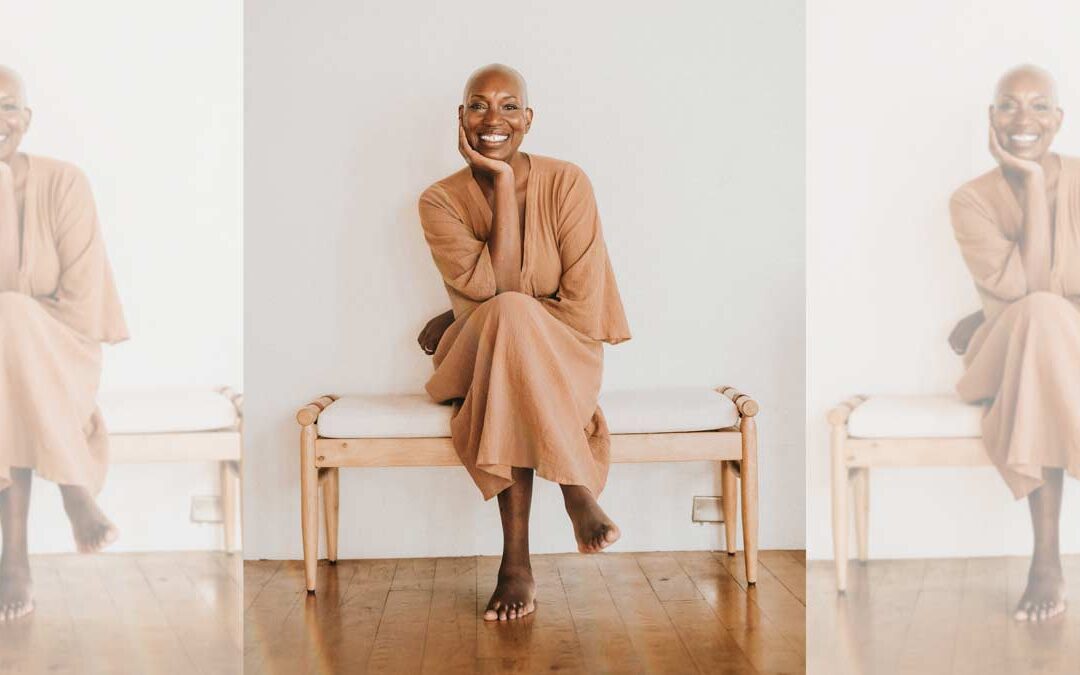
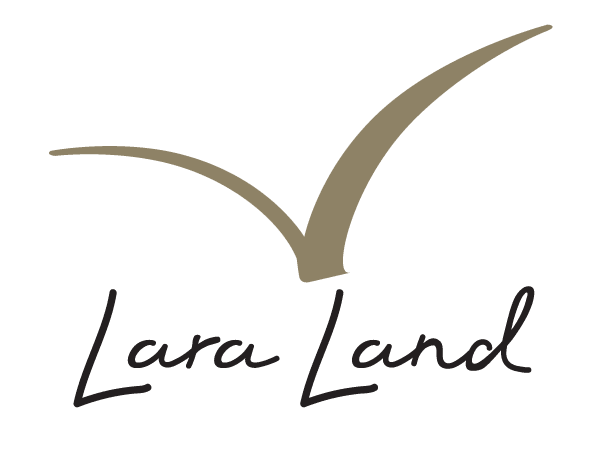
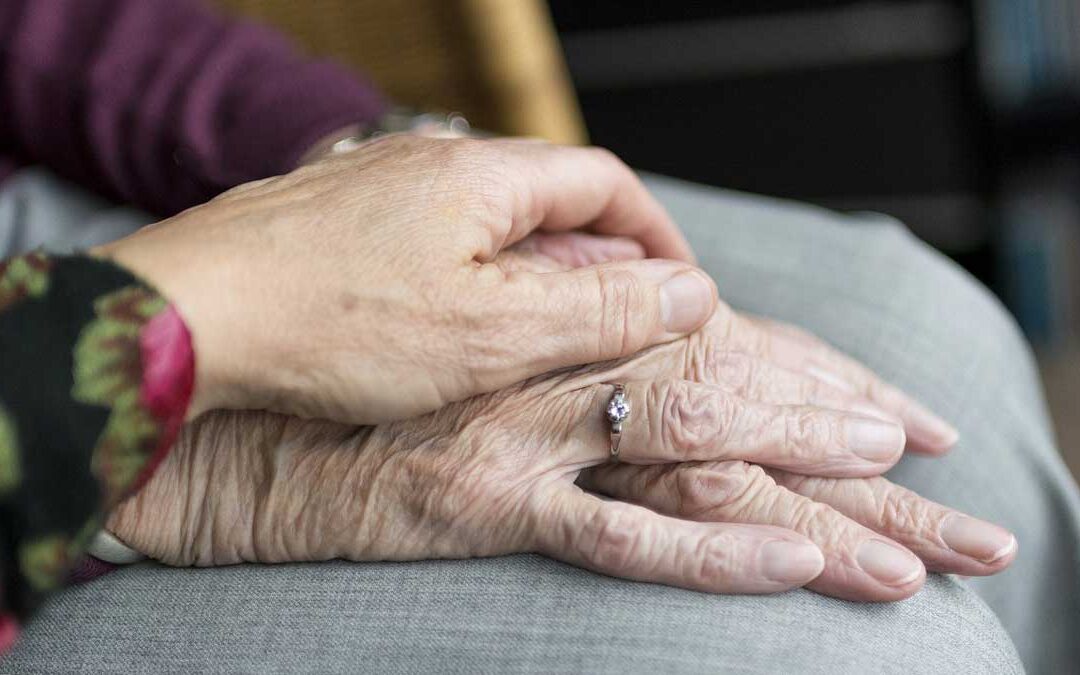
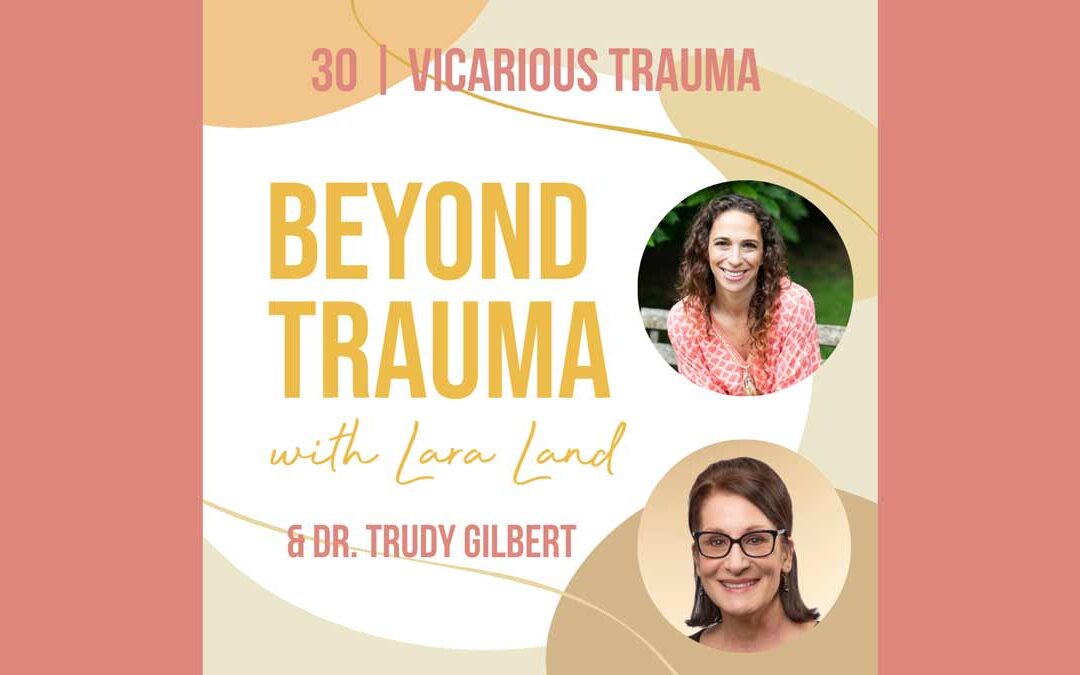
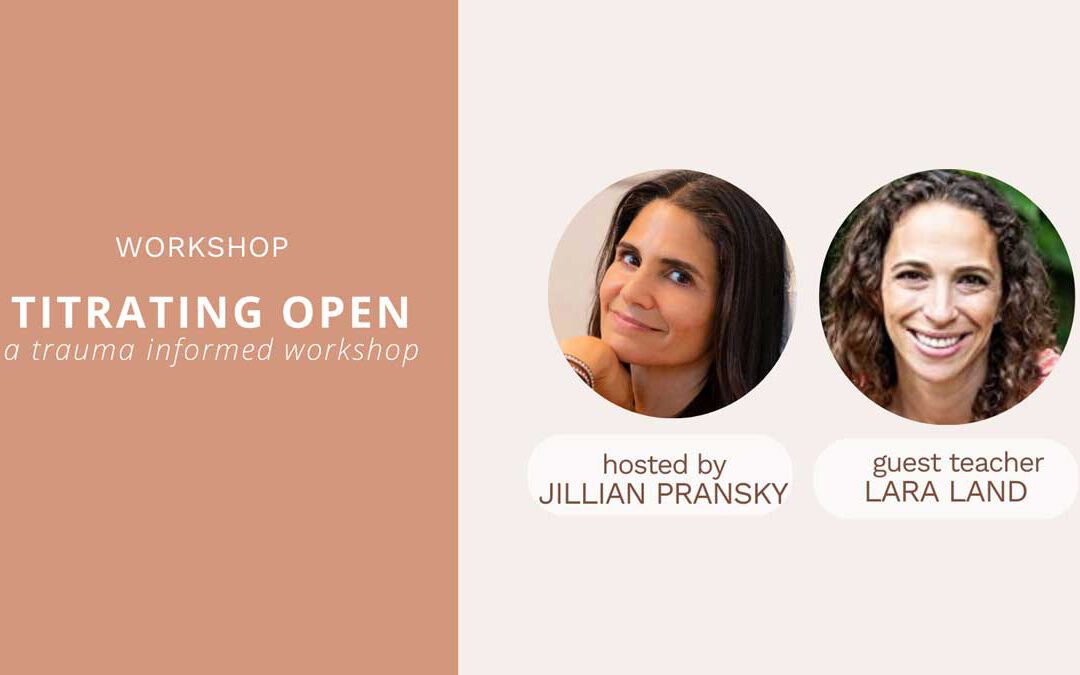
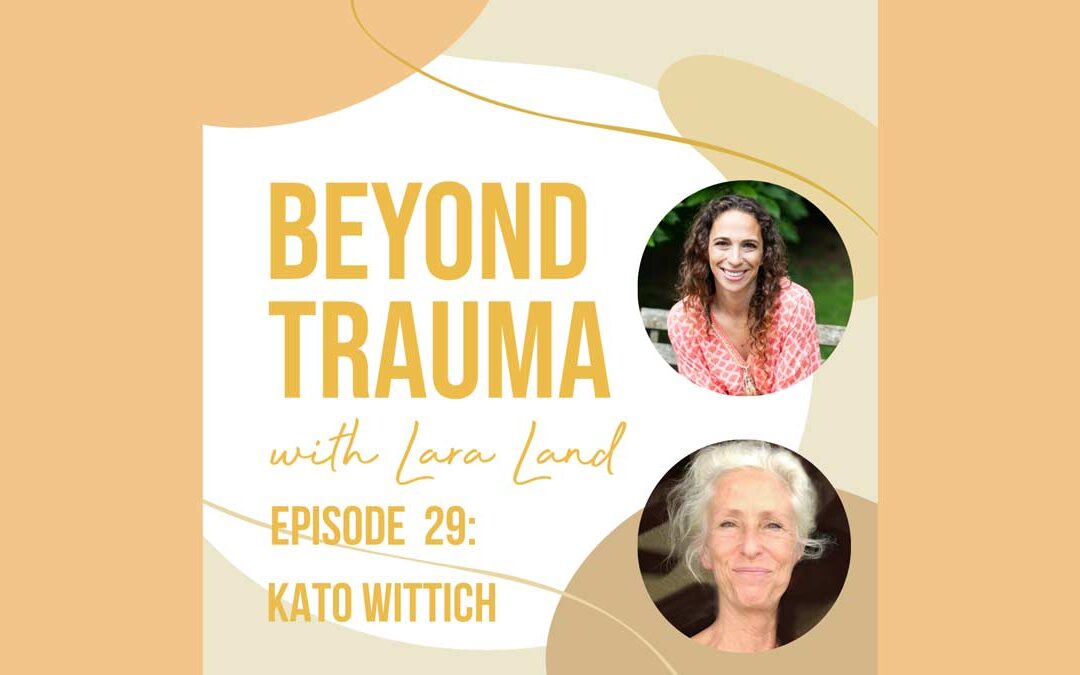
Recent Comments